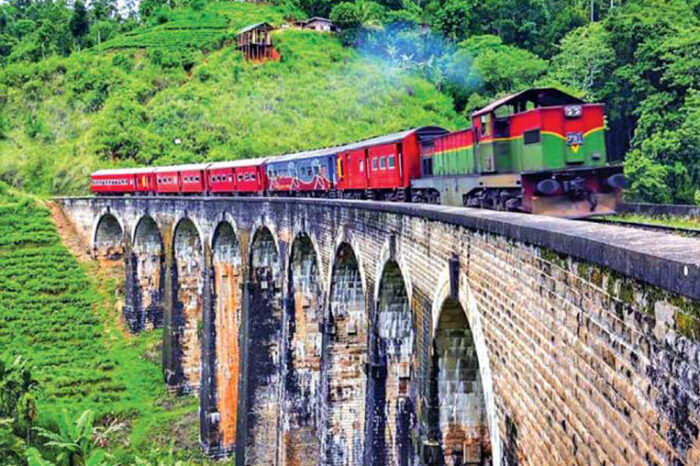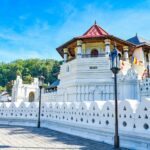KANDY
KANDY
Kandy is a cosmopolitan city in the Central Province of Sri Lanka. It was the last headquarters of the ancient period of the Kingdoms of Sri Lanka. The city lies in the middle of the hills of the Kandy Plateau, which also traverses a vast region of tropical plantations, primarily tea. Kandy is both an administrative and a religious municipality, as well as being the capital of the Central Province of the country.
Kandy houses the Temple of the Tooth Relic (Sri Dalada Maligawa), among the most sacred places of devotion to the Buddhist community. It was declared a UNESCO World Heritage Site in 1988.
Kandy History
Sen Sammatha Wickramabahu (1473–1511) was the first ruler of the Kandy kingdom. He was a prince from the Kotte Royal Blood Line and governed Kandy as a semi-independent state under the Kotte Kingdom, rendering it the modern headquarters of the Kandyan Kingdom. Sena Sammatha Wickramabahu was preceded by his own son Jayaweera Astana (1511–1551.) And, next, by Karaliyadde Bandara (1551–1581) who was followed by his daughter Dona Catherina of Kandy (1581–1581). Dona Catherina was preceded by Rajasinha I. Rajasinha I, though, chose to govern the hill country of the Kingdom of Sitawaka to the west of the island. The time of strife for dominance concluded with the elevation to the throne of Konappu Bandara, who came to be recognized as Vimaladharmasuriya I. Having adopted Buddhism, he further strengthened his authority by taking the tooth relic of the Lord Buddha to Kandy from a position named Delgamuwa.
In 1592, Kandy became the capital of the last surviving sovereign kingdom on the island after the Portuguese invaded the coastal areas. Several Portuguese invasions have been repulsed, most prominently in the Danture fight. After the Sinhalese – Portuguese War and the creation of Dutch Ceylon, efforts by the Dutch to invade the kingdom were repulsed.
The Kingdom acknowledged the involvement of the Dutch on the coast of Sri Lanka, although assaults were sometimes launched. The most successful offensive was conducted in 1761, when King Kirti Sri Rajasinha invaded and invaded most of the coast, leaving only the highly defended Negombo unaffected. As the Dutch Retaliatory Army returned to the island in 1763, Kirti Sri Rajasinha left the coast and retreated to the interior. The next year, as the Dutch proceeded to the jungles, they were continuously threatened by disease, heat, shortage of supplies, and Kandyan snipers, who concealed in the jungle and inflicted severe losses on the Dutch.
Kandy Climate
As per the Köppen-Geiger climate classification method, it is a tropical region (Af). With Kandy situated in the center of the island and at a high altitude, the city has comparatively wet and colder temperatures than the tropical climate of the rest of the country, particularly the coastal regions. Nuwara Eliya is south of it and has a colder atmosphere owing to its higher altitude. However, Kandy’s climate is indeed tropical, with annual year-round temperatures reaching 18°C on average. The city has a dryer cycle from January to April.
From May to July and October to December, the area is undergoing its monsoon season, during which time the weather is harsh and unpredictable. From March to mid-May there is an inter monsoonal season, during which there is light rain and high humidity. Typically, humidity is between 70% and 79%.







